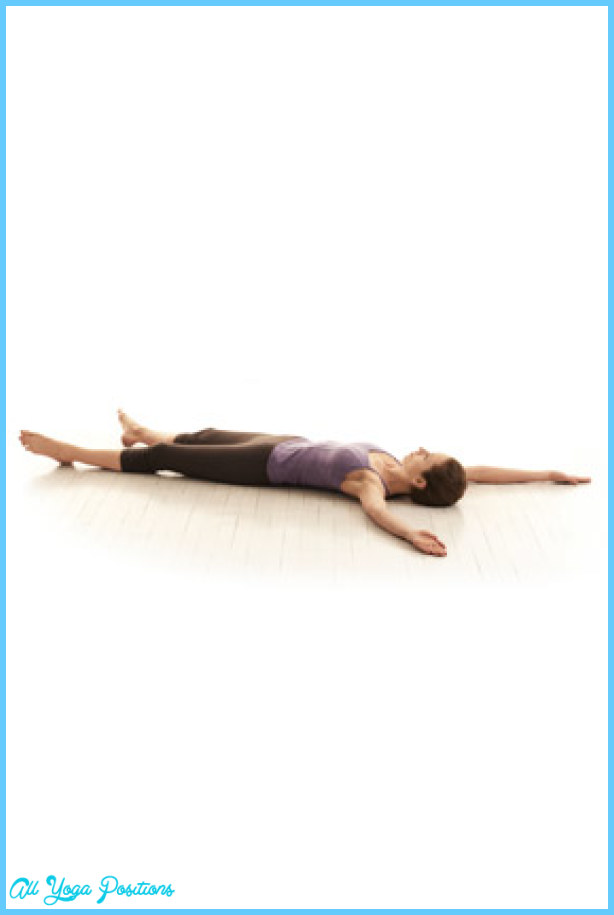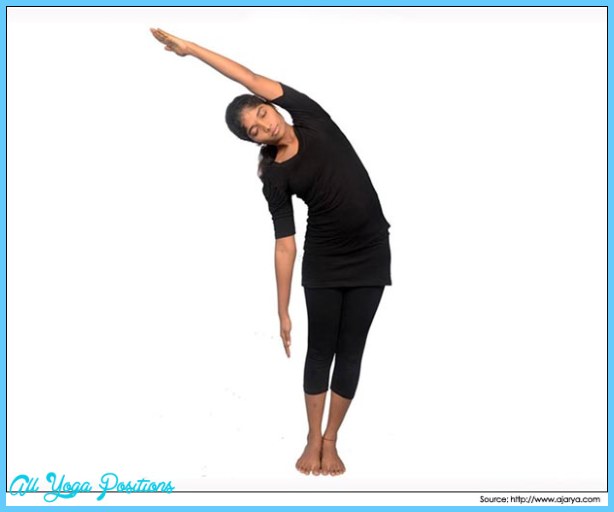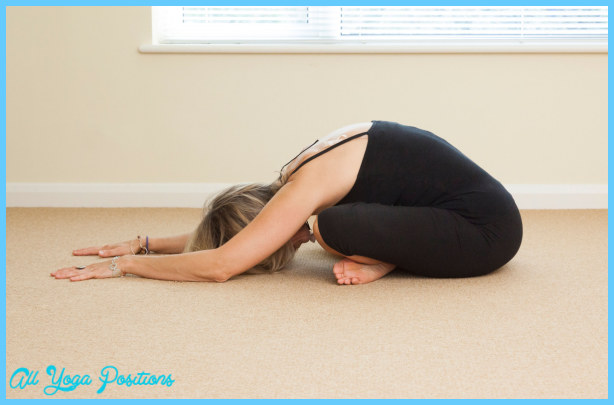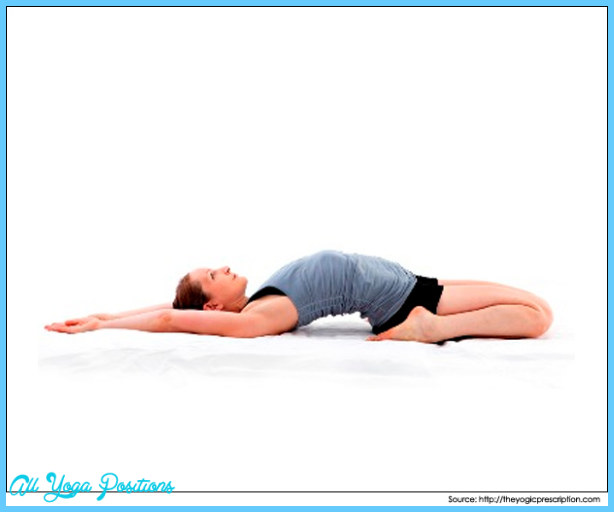Once your muscles are relaxed try to stay with this feeling while taking a few four-second breaths in and out. (The four-second breath started as the one-and-two-and-three-and breathing technique that Group 1 used on Day One. See pages 17 to 18.) Here I want you all to concentrate on the smoothness of your breathing and to lose the one-and-two-and-three-and count.
To start with your breaths in and out will sound quite different from each other. Breathing in is usually noisier than breathing out. This must be corrected and it may need a fair amount of concentration and practice to do this. When breathing in quietens, breathing immediately feels better; it loses its gasping in-rush of air characteristic. Model the breathing-m sound on the breathing-owf sound. As mentioned before, to begin you will need a watch with a second-hand to check that your four-second timing is accurate.
Pendulum breathing
Once you have mastered the timing and the sound, the next thing is to concentrate on losing the pauses at full inspiration and at full expiration. Try to imagine a large pendulum in a clock. As the pendulum reaches the full sweep at one side of its swing it stops momentarily before swinging back. You can’t actually see it stop of course, but this momentary pause is exactly the pause you are trying to build into your relaxation breathing. We will call this breathing technique pendulum breathing.
At first the same-sound breathing and the constant swish of air through the chest seems highly unnatural. Really it is very natural, but you are not yet used to it. Once the four-second, constant intensity, almost continuous air exchange is learned you are well on the way to mastering the breathing side of the relaxation technique, and your body will start to respond to this.
a Four-second breath in.
b Four-second breath out.










